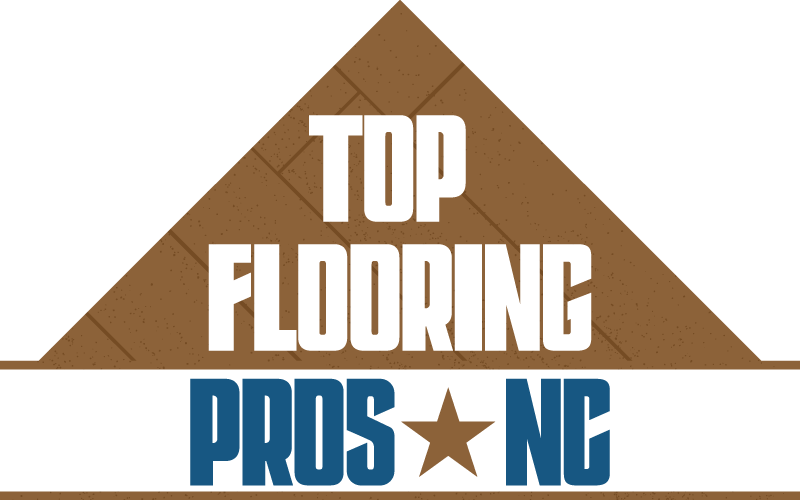Are you considering renovating your home and need to install new flooring? Don’t overlook the importance of proper subfloor preparation.
Introduction
Welcome, homeowners! Today, we are going to dive into the crucial topic of subfloor preparation before installing new flooring in your home. Whether you are remodeling your kitchen, upgrading your bathroom, or renovating your living room, ensuring a solid foundation is key to a successful flooring installation.
Key Takeaways
- Clean and Level Subfloor: Properly cleaning and leveling your subfloor is essential for a smooth flooring installation.
- Moisture Barrier: Installing a moisture barrier helps protect your flooring from moisture damage.
- Quality Materials: Using high-quality materials for subfloor preparation ensures longevity and durability for your new flooring.
Clean and Level Subfloor
Removing Old Flooring
Before you can start preparing your subfloor, you need to remove the existing flooring in the room. Whether it’s carpet, tile, or hardwood, make sure to thoroughly remove all traces of the old flooring to reveal the subfloor underneath. This will allow you to assess the condition of the subfloor and address any issues.
Leveling the Subfloor
Once the old flooring is removed, it’s time to assess the levelness of the subfloor. Use a straight edge or level to identify any high or low spots that need to be addressed. Fill in any gaps or depressions with a self-leveling compound to ensure a smooth and even surface for your new flooring installation.
Moisture Barrier
Installing a Vapor Barrier
Moisture can wreak havoc on your flooring, causing warping, mold, and other damage. To protect your new flooring from moisture issues, consider installing a vapor barrier. This thin layer of material helps prevent moisture from seeping up from the subfloor and compromising your flooring.
Sealing Seams and Gaps
Make sure to seal all seams and gaps in the vapor barrier to create a continuous barrier against moisture. Use an appropriate sealant to secure the vapor barrier in place and prevent any moisture infiltration that could damage your flooring over time.
Quality Materials
Subfloor Repair and Reinforcement
If your subfloor shows signs of damage or weakness, it’s crucial to address these issues before installing new flooring. Repair any damaged areas and reinforce weak spots to ensure a solid foundation for your flooring. Using high-quality materials for subfloor repair will help prolong the life of your new flooring.
Choosing the Right Underlayment
Invest in a high-quality underlayment that complements your flooring choice. The underlayment provides additional support, insulation, and soundproofing for your new flooring. Select an underlayment that is compatible with your flooring type and offers the necessary benefits for a successful installation.
Action Plan
1. Remove old flooring and thoroughly clean the subfloor.
2. Level any uneven spots using a self-leveling compound.
3. Install a moisture barrier to protect your new flooring.
4. Repair any subfloor damage and reinforce weak areas.
5. Choose a high-quality underlayment that suits your flooring type.
Conclusion
By following these guidelines for subfloor preparation, you can ensure a successful and long-lasting flooring installation in your home. Remember, a solid foundation is the key to a beautiful and durable floor that you can enjoy for years to come.
FAQ
Q: Why is subfloor cleaning important before installation?
A: Subfloor cleaning ensures a smooth and level surface for your new flooring and helps prevent issues like unevenness and moisture damage.
Q: Can I skip the moisture barrier during subfloor preparation?
A: It’s not recommended to skip the moisture barrier, as it helps protect your flooring from moisture-related damage that can compromise its longevity.


